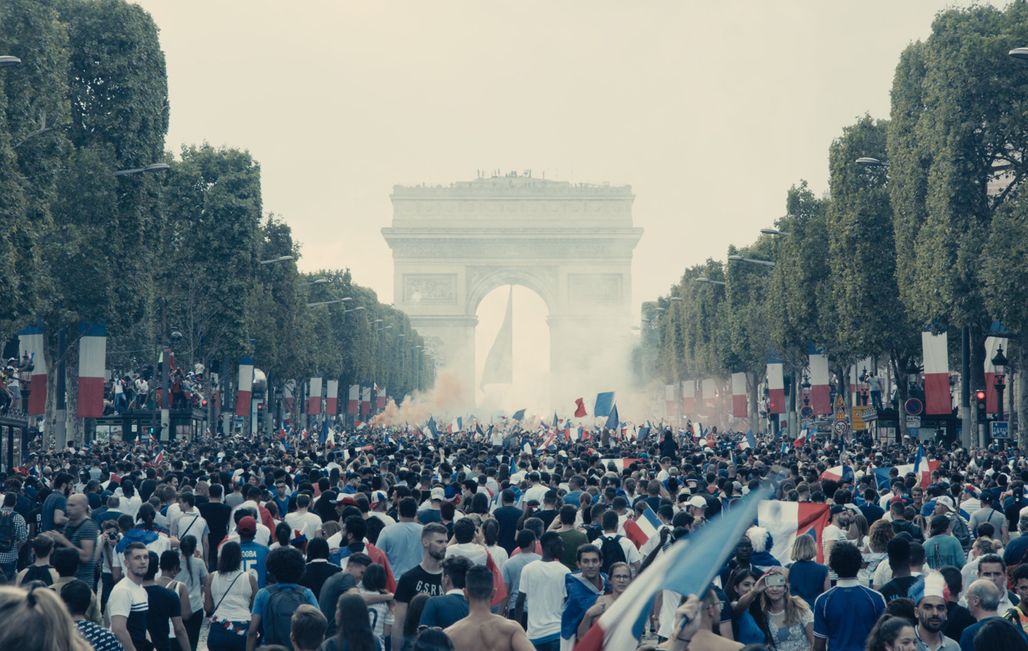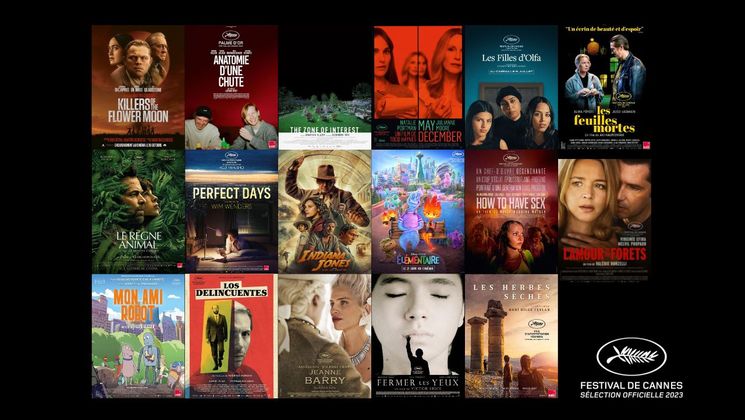
Les Misérables de Ladj Ly, the suburbs from reality to fiction

Originally, Les Misérables was a short film (nominated for the César in 2018). For his first feature film, French director, screenwriter and actor Ladj Ly addresses a theme he has already touched upon many times: relations between neighborhood residents and the police.
In this work of fiction with a realistic feel, Ladj Ly recounts the story of Stéphane, a new recruit in the anti-crime brigade in the Montfermeil neighborhood of Seine-Saint-Denis. Recently arrived from Cherbourg, Stéphane soon discovers the tense atmosphere that reigns between certain neighborhood groups. One day, a drone films the police officer and his colleagues during a heated interrogation…
For Ladj Ly, in the suburbs, “it’s bustling, it’s lively, there’s an unbelievable energy; it’s not just drugs and violence…”. Extremely committed and eager to expose the problematic issues from both the inhabitants and the police’s point of view, he drew much inspiration from real life when making Les Misérables, which was filmed in the neighborhood in which he grew up. A police blunder filmed inadvertently by the director ten years ago gave rise to the idea of the film, which earned him his first In Competition selection at Cannes.
He notably surrounded himself with Damien Bonnard (leading role in Rester Vertical [Staying Vertical] by Alain Guiraudie, In Competition in Cannes in 2016) to portray Stéphane, and Jeanne Balibar, the renowned actress of many roles (Comment je me suis disputé… (ma vie sexuelle) [My Sex Life…or How I Got Into an Argument]) In Compétition in Cannes in 1996, Va Savoir (Who Knows?) In Competition in 2001, and Barbara, Un Certain Regard 2017) to portray a police chief.
After producing short films and documentaries (À voix haute [A viva voz. La fuerza de la palabra], co-directed with Stéphane de Freitas, and Chroniques de Clichy-Montfermeil, co-directed with the artist JR), Ladj Ly draws upon his unfiltered “inside view” to portray the neighborhood in Les Misérables.


